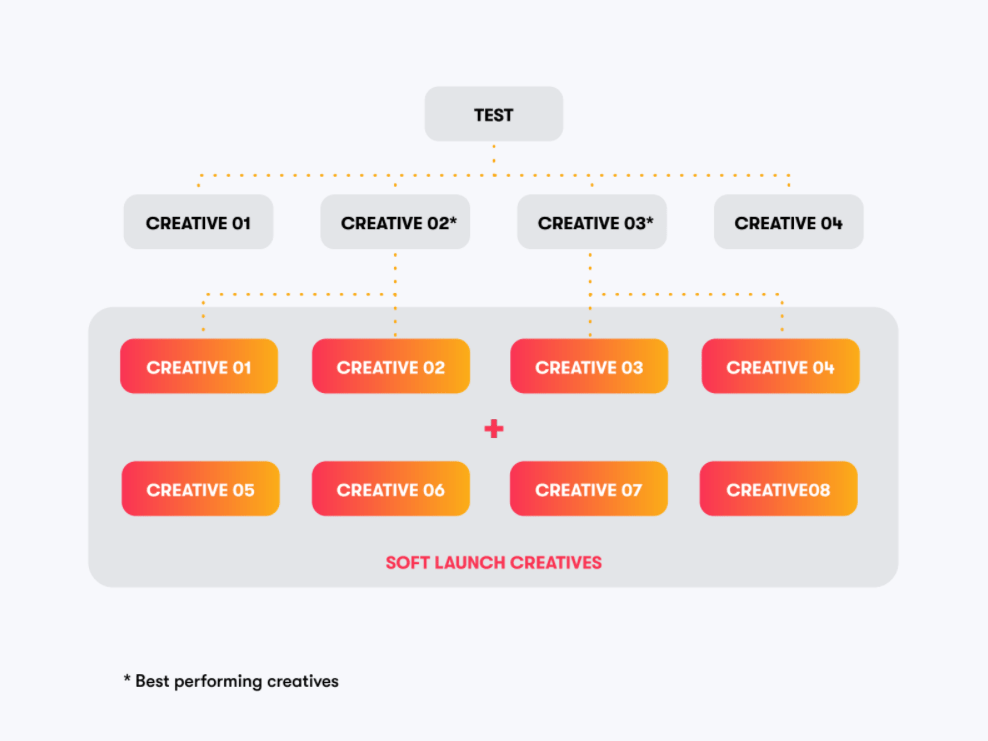· 3 min read
Top UA Tips for Testing New Hyper-Casual Games

Louise Bay
UA Manager at JoyPac
When you’re developing a hyper-casual game, it’s not enough to just publish it and hope it takes off. You need to do extensive, iterative testing to get an indication of the best possible UA performance as well as in-game metrics.
So where to start? Here are our top tips for maxing out your metrics:
Know what you’re testing for and what KPIs you’re looking at
Vague testing methods will only get you vague results. The first thing to decide on is what the purpose of your test is. Are you running a marketability test? Exploring a game concept? Or are you testing creatives?
Once you’ve decided what question you’re trying to answer, be clear on what KPIs you’re going to measure with. Is it the CPI? IPM? CTR? Retention? You need to know all of these before you start testing.
Set a test strategy
Regardless of your initial results, you will need to have a clear idea of what your next steps should be. You should also decide on the scope of your test. The main question here is: do you test on multiple networks or just one? If it’s multiple networks, consistency is key. (More on that in a moment.)
Establish your benchmarks
When you get your results, you need to be able to understand how promising they are. So study the game genre, platform, regional market and ad networks you’re testing on – and take all of them into account. What kind of result would represent progress?
At JoyPac we mainly focus on CPI, IPM, retention and playtime when we run our initial tests.
Work on a creative approach
How many creatives are you going to test? Are there any specific concepts you can use across different game genres (like tutorial style or good/bad gameplay)? If your first creatives don’t perform well, be sure to have a new batch ready to go.
We test various concepts in the beginning and will then produce new variations of the best performing.

Keep your demographics consistent
When you have the results of one test, you can only compare them to other results with the same targeting. If any one thing is different (geo, platform, network, demographics, etc.), it’s not going to be a direct comparison and your overall results will be unreliable.
Use the right tools
Getting large amounts of data is only useful if you have the tools to analyze and understand it. So you’ll want to have attribution and analytic tools in place before you go live. Some good options are GameAnalytics, Appsflyer, Adjust, or Tenjin.
And finally: be patient
Don’t over-optimize and target broadly. You shouldn’t draw premature conclusions or make changes to your campaigns before you have reliable results.
If you’ve followed all our advice, you should be well on the way to be running your own tests and getting useful results that you can have confidence in. So have faith in the process. Let the ad networks’ algorithms do their job and use the results to give your game its best possible chance of success.
If you’d like to learn more about publishing in China, then feel free to get in touch with us here. Or, if you’re interested in finding out how we use GameAnalytics, take a look through our case study here.